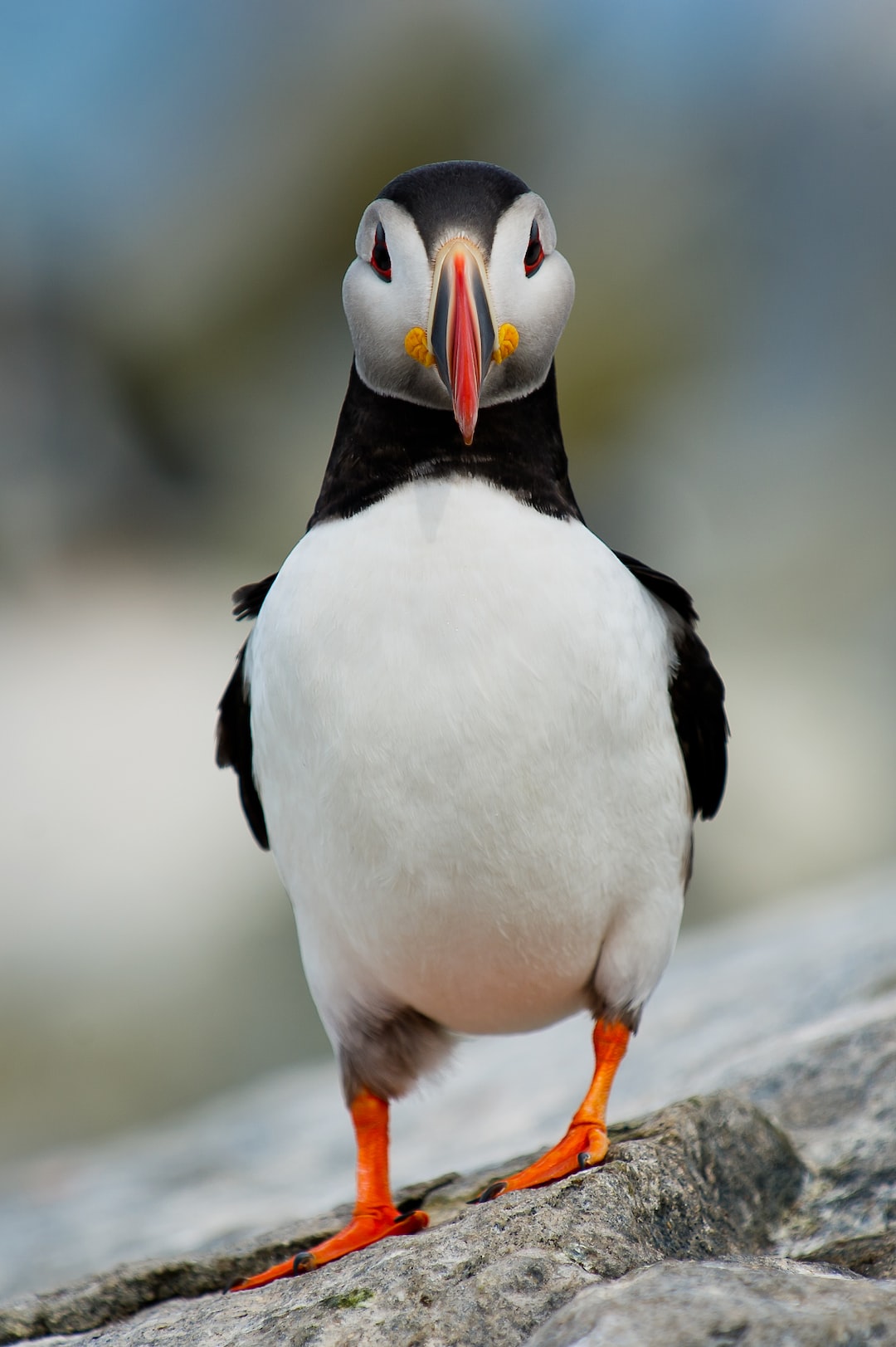Reptiles are a diverse group of animals that share some common characteristics. They are cold-blooded, lack hair or feathers, and have scaly skin. They have been around for millions of years, with some species dating back to the time of dinosaurs. Despite their many differences, all reptiles share a few defining features that make them unique.
One of the most distinctive characteristics of reptiles is their scaly skin. Unlike mammals who have hair or feathers, reptiles have scales. Scales are made up of keratin, the same substance that makes our hair and nails. They serve as protection against predators and the environment, regulate temperature, and allow for efficient movement. The scales of a snake, for example, help it move quickly and smoothly across the ground, while the bony plates of a turtle or crocodile provide a hard barrier against attacks.
Another unique trait of reptiles is their cold-bloodedness, also known as ectothermy. Reptiles cannot regulate their internal body temperature like mammals can. Instead, they rely on external sources of heat to warm up their bodies and cool down when needed. This means that reptile behavior can be greatly influenced by temperature, as they will seek out sources of heat or shade to regulate their body temperature. It also means that reptiles can be found in almost any environment, from hot deserts to cooler mountains.
Reptiles are also notable for their unusual reproductive strategies. Most reptiles lay eggs, with some species laying dozens or even hundreds at a time. However, not all reptiles lay eggs. Some species give birth to live young, including some lizards and snakes. In some cases, female reptiles can even produce offspring without mating, a process known as parthenogenesis. Some reptiles, such as certain species of pythons, will also exhibit maternal care, protecting their eggs or offspring until they are old enough to fend for themselves.
Reptiles have also adapted to a wide variety of diets. Some are strict herbivores, such as iguanas and tortoises, while others are obligate carnivores, like snakes and crocodiles. Many reptiles, such as turtles and lizards, are omnivorous and will eat a range of plants and animals. This diet flexibility has allowed them to survive in habitats with varying food availability.
Finally, many reptiles are known for their impressive lifespan. Some species can live for decades or even over a hundred years. For example, Galápagos tortoises are known to live for over a century, while some species of snakes and lizards can live for several decades. This is due to their slow metabolic rate and the protection offered by their scaly skin.
In conclusion, reptiles are a unique and fascinating group of animals with many distinctive characteristics. From their scaly skin and cold-bloodedness to their unusual reproductive strategies and varied diets, reptiles have evolved to adapt to almost any environment. Their impressive lifespan adds to their mystique, making them a source of wonder and fascination for people of all ages.

